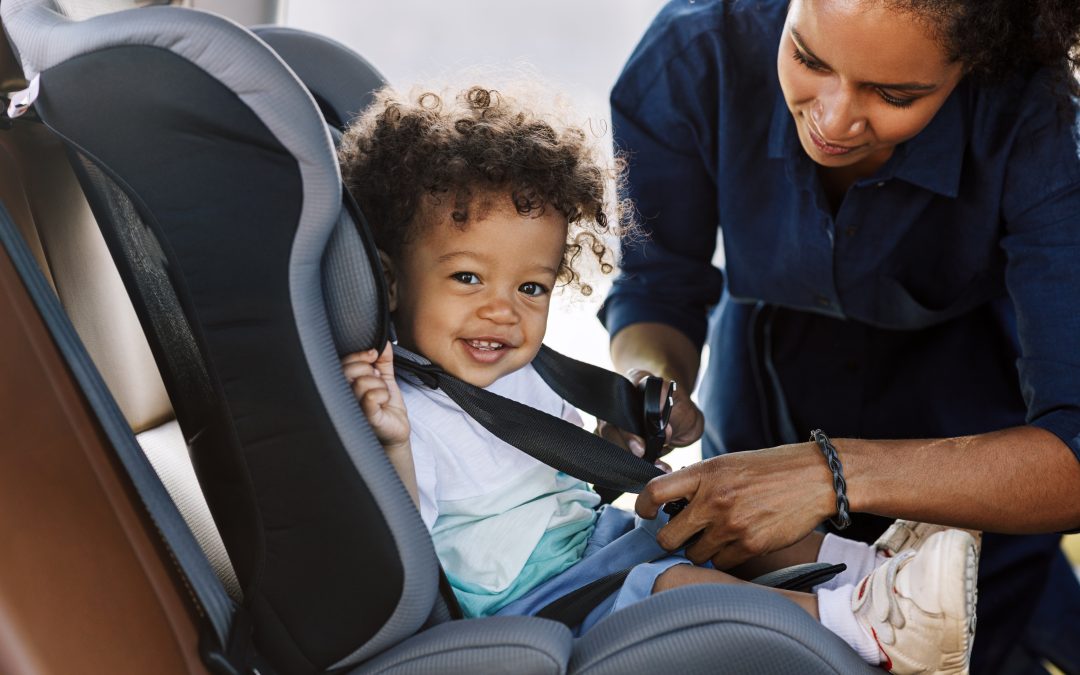When it comes to transporting children in your vehicle, understanding the legal guidelines is crucial. As the driver, you bear the responsibility for ensuring that children under the age of 14 are appropriately restrained and wearing seat belts. Adherence to these rules is not just for the safety of the young passengers but extends to the well-being of everyone in the car, with a £100 fixed penalty notice awaiting those who fail to comply.
In most cases, all children under the age of 12 and those measuring under 135cm in height must use a suitable child restraint system when travelling in any car or goods vehicle. The safety measures extend to all children under the age of 3, necessitating the use of an appropriate child restraint even when riding in the rear of a taxi, provided a child seat is unavailable.
For children aged 3 or older, up to 135cm tall (approximately 4ft 5in), an appropriate child restraint is obligatory when travelling in cars or goods vehicles equipped with seat belts. Exceptions to this rule are minimal, and certain allowances are made.
It’s imperative to note that rear-facing baby seats should never be used in seats equipped with an active front airbag. Furthermore, if seat belts are present, the number of passengers in the rear should not exceed the available seats fitted with belts or restraints.
Selecting the right child seat is equally vital. Ensure that your child seats are approved to the ’03’ or later version of Regulation 44, denoted by an approval label with 44.03 or 44.04. Seats with 44.02 approval are not acceptable. As of April 2015, child seats may also receive approval under Regulation 129 (i-Size).
However, exemptions do exist. Children over 3 years old may be exempted on occasional journeys of unforeseen emergencies over short distances. It’s crucial to understand that this exemption doesn’t apply to regular school runs. In such cases, the child must use an adult belt and occupy the rear seat.
For children under 3, the only exemption is when they travel in the back of a taxi where a child seat is unavailable.
To simplify the guidelines, here’s a summary table for quick reference:
| Person in Car | Front Seat | Rear Seat |
|---|---|---|
| Driver | Seatbelt must be worn if fitted | Seatbelt must be worn if fitted |
| Children under 3 years | Correct child seat must be used | Correct child seat must be used. If travelling by taxi and one is not available, a child may travel unrestrained |
| Child 3 to 11 years and under 135cm | Correct child restraint must be used | Correct child restraint must be used where seatbelts are fitted. A child must use an adult belt in the rear if: – In a taxi, the correct child restraint is not available – On a short and occasional trip, the child restraint is not available – Two occupied child restraints prevent the use of a third |
| Child 12 or 13 (or younger child over 135cm) | Seatbelt must be worn if fitted | Seatbelt must be worn if fitted |
| Adult Passenger | Seatbelt must be worn if fitted | Seatbelt must be worn if fitted |
Remember, these guidelines serve as a valuable resource for ensuring the safety of our youngest passengers on the road.
